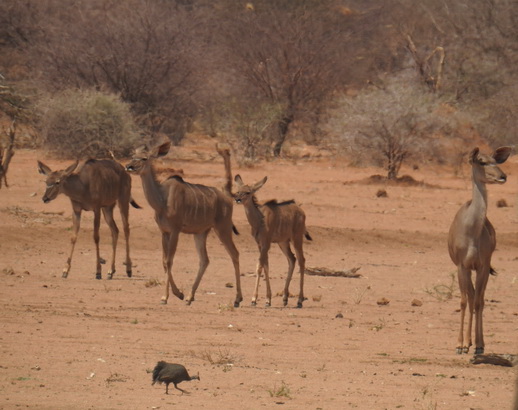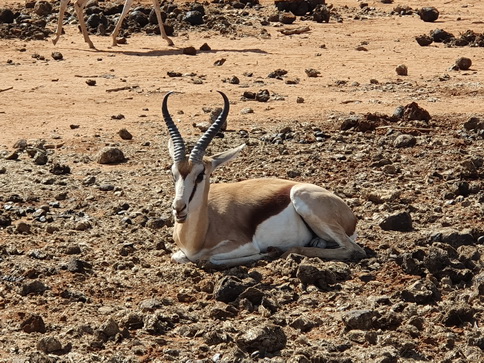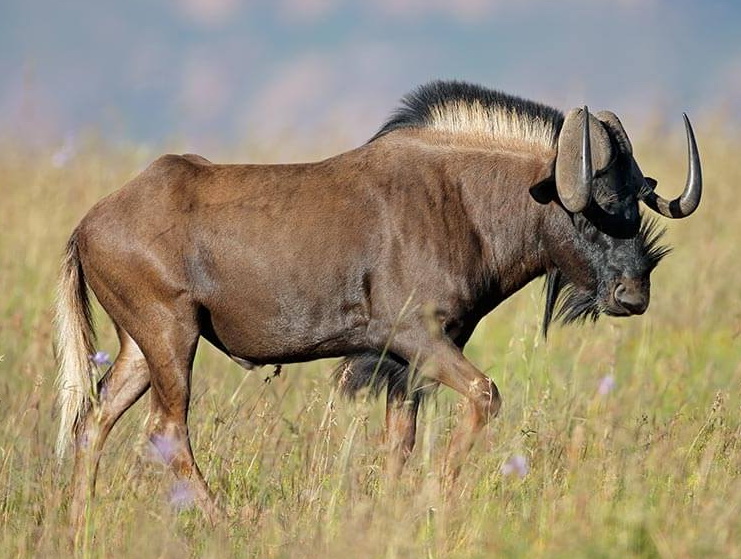 Safaris
Bergsteigen
Wandern
Inselwandern Weltweit
Safaris
Bergsteigen
Wandern
Inselwandern Weltweit
 Europa
Inselwandern
Europa
Inselwandern
 Städtewandern
Städtewandern
 Paintings
Paintings Dirk Rauschenbach
Dirk Rauschenbach
 Safaris
Bergsteigen
Wandern
Inselwandern Weltweit
Safaris
Bergsteigen
Wandern
Inselwandern Weltweit
|
 Europa
Inselwandern
Europa
Inselwandern
|
 Städtewandern
Städtewandern
|
 Paintings
Paintings |
 Dirk Rauschenbach
Dirk Rauschenbach
|
|
Back Namibia Overview back Erindi Ondekaremba Swakop Wuestenquell Biltong
| Antilopen Antilope Impala | Antilopen Antilope Impala |
 |
|
| Antilopen Antilope Kudu Alttier mit Kalb | Antilopen Antilope Kudu |
|
|
|
| Antilopen Antilope Kudu weit ausgelegter Kudubulle | Antilopen Antilope Kudu |
|
|
|
| Antilopen Antilope Kudu weit ausgelegte Kudubullen | Antilopen Antilope Kudu starke Trophäe weit ausgelegter Kudubulle |
| |
|
| Antilopen Antilope Eland Dublette | Antilopen Antilope Eland |
| Antilopen Antilope Springböckchen | Antilopen Antilope Springbock |
 |
 |
| Antilopen Antilope Springbock | Antilopen Antilope Springbock |
| Antilopen Antilope Springbock #antilopen #antilope #springbock #giraffe #frankfurtammain #etoshanationalpark #springböckchen #food #zebra #africanfood #etosha #schakal #naturephoto #namibia #safarn | Antilopen Antilope Springbock Springböckcheni #lions #wildphotography #photography #elephant #berlinmoments #elefant #lovemyjob #injera #berlin #blackworkersubmission #delicious #wildlife #nationalpark #animals #löwe |
| Antilopen Antilope Steinbock | Antilopen Antilope Steenbock |
|
|
|
| Antilopen Antilope Steinbock | Antilopen Antilope Steenbock |
| Antilopen Antilope Nyala | Antilopen Antilope Nyala |
|
|
|
| Antilopen Antilope Waterbock | Antilopen Antilope Wasserbock |
 |
|
| Antilopen Antilope Gnu Wildebeest Wildebeester | Antilopen Antilope Wildebeest Wildebeester |
|
|
 |
| Antilopen Antilope Gnu Wildebeest Wildebeester sind Grasfresser | Antilopen Antilope Wildebeest Wildebeester |
|
|
|
| Antilopen Antilope Orxy | Antilopen Antilope Orxy |
|
|
|
| Antilopen Antilope Orxy | Antilopen Antilope Orxymama hat Zwillinge |
|
|
|
| Antilopen Antilope Orxy | Antilopen Antilope Orxy junger Oryxbulle |
 |
 |
| Antilopen Antilope Gnu Black Wildebeest / Weißschwanzgnu Bild von https://www.sable-tours-jagdreisen.de | Antilopen Antilope Black Wildebeest / Weißschwanzgnu Bild von https://lebona.de/ |
| Antilopen Antilope Impala #antilopen #antilope #giraffe #etoshanationalpark #zebra #etosha #naturephoto #safari #wildphotography #photography #berlinmoments #lovemyjob #berlin #blackworkersubmission #wildlife #animals #blacktattoo #photooftheday #wallpainting #leica #hannoverliebt #officialfanofberlin #erlebniszoohannover #graffitiofberlin #beautifulworld #graffiti #ditisberlin #berlinvibes #tattooinspiration #berlinpost | Antilopen Antilope Impala #antilopen #antilope #giraffe #etoshanationalpark #zebra #etosha #naturephoto #safari #wild fotografie #fotografie #berlinmoments #lovemyjob #berlin #blackworkersubmission #wildlife #tiere #blacktattoo #fotoftheay #wallpainting #leica #hannoverliebt #officialfanofberlin #erlebniszoohannover #graffitiofberlin #schöne Welt #graffiti #ditisberlin #berlinvibes #tattooinspiration #berlinpost |
| Antilop AntilopeThe
impala (Aepyceros melampus) is one of Africa's most iconic and graceful
antelope species. Known for its agility, striking appearance, and social
behavior, the impala is a common sight in many African savannas and
woodlands. Here's everything you need to know about this fascinating
animal: Physical Characteristics Size: Impalas are medium-sized antelopes, standing about 70–90 cm (28–35 inches) at the shoulder and weighing between 40–75 kg (88–165 lbs). Coat: They have a sleek, reddish-brown coat with a lighter underside. Males (rams) are slightly larger and darker than females (ewes). Markings: Distinctive black stripes run down the tail, thighs, and forehead. Horns: Only males have horns, which are lyre-shaped and can grow up to 90 cm (35 inches) long. Habitat Impalas are found in savannas, woodlands, and grasslands across Southern and East Africa, including countries like Namibia, South Africa, Botswana, Zimbabwe, Kenya, and Tanzania. They prefer areas with a mix of open grazing land and dense cover for protection from predators. Behavior Social Structure: Impalas are highly social animals and live in herds. Herds can consist of females and their young, led by a dominant male, or bachelor groups of young males. During the breeding season (rut), males become territorial and compete for females. Diet: Impalas are mixed feeders, grazing on grasses and browsing on leaves, shoots, and fruits. They are adaptable and can switch between grazing and browsing depending on the season. Predators: Impalas are preyed upon by lions, leopards, cheetahs, hyenas, and wild dogs. Their incredible agility and speed (they can leap up to 3 meters high and 10 meters in a single bound) help them evade predators. Reproduction The breeding season, or rut, occurs once a year, typically during the rainy season when food is abundant. Males compete for dominance through displays, vocalizations, and sparring with their horns. After a gestation period of about 6–7 months, females give birth to a single calf, which is hidden in vegetation for the first few weeks of life. Interesting Facts Leaping Ability: Impalas are known for their incredible leaps, which they use to escape predators or show off during mating displays. "Stotting": When fleeing, impalas often perform a behavior called "stotting" or "pronking," where they leap into the air with all four legs stiff. This may signal to predators that they are fit and difficult to catch. Adaptability: Impalas are highly adaptable and can thrive in a variety of habitats, from dry savannas to dense woodlands. Impalas in Namibia In Namibia, impalas are commonly found in Etosha National Park, Waterberg Plateau Park, and other wildlife reserves. They are a key species in the ecosystem, serving as prey for large predators and helping to maintain the balance of vegetation through grazing. Conservation Status Impalas are classified as Least Concern by the IUCN, as they are widespread and abundant in many parts of Africa. However, habitat loss and poaching can pose localized threats. The impala is a symbol of Africa's wildlife, embodying grace, agility, and resilience. If you're on a safari in Namibia or elsewhere in Africa, keep an eye out for these beautiful antelopes! |
Antilope
Die Impala (Aepyceros melampus) ist eine mittelgroße Antilopenart, die vor allem in den offenen Savannen und Waldrandgebieten von Südostafrika und Ostafrika beheimatet ist. Sie ist für ihr elegantes Erscheinungsbild, ihre Sprungkraft und ihre ausgeprägten sozialen Strukturen bekannt. Merkmale der Impala:
Lebensraum und Verbreitung:
Ernährung:
Soziales Verhalten:
Fortpflanzung:
Raubtiere:
Besonderheiten und Bedeutung:
Fazit:Die Impala ist eine wunderschöne, anmutige und soziale Antilope, die durch ihre erstaunliche Sprungkraft und ihr angepasstes Verhalten in der afrikanischen Savanne sehr gut überlebt. Ihre Bedeutung für das Ökosystem und ihre Rolle als Nahrungsquelle für viele Raubtiere machen sie zu einem faszinierenden Bestandteil der afrikanischen Wildnis. |
![]() 26.07.25 Copyright Dirk
Rauschenbach Koelnerstrasse 293 51702 Bergneustadt
Datenschutzerklaerung 02261 9788972 Mail ccooly(
at) web.de
26.07.25 Copyright Dirk
Rauschenbach Koelnerstrasse 293 51702 Bergneustadt
Datenschutzerklaerung 02261 9788972 Mail ccooly(
at) web.de